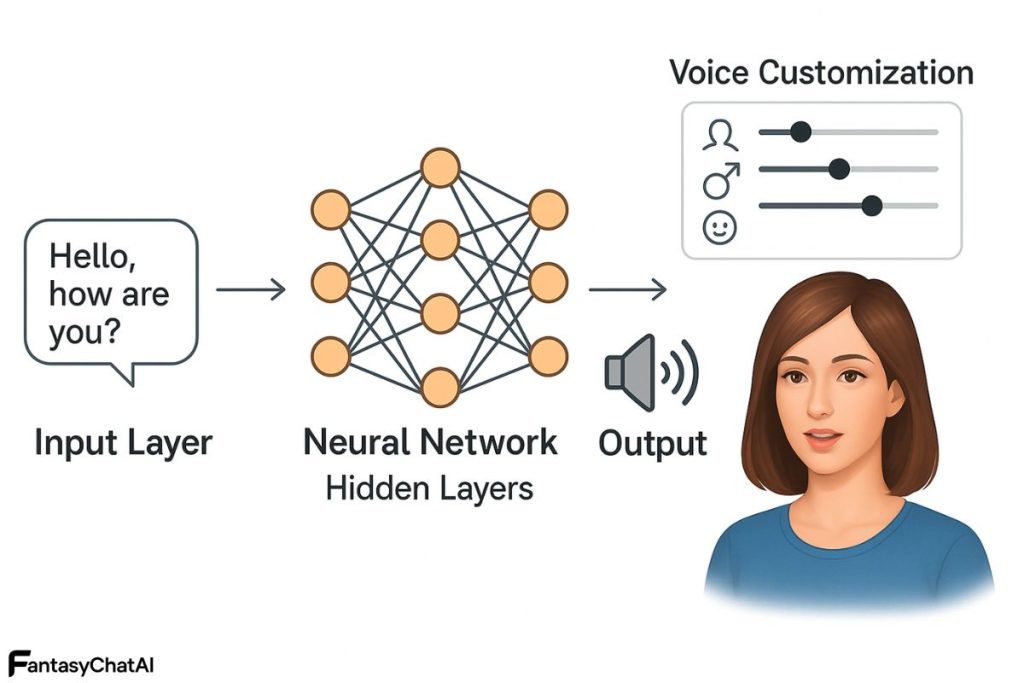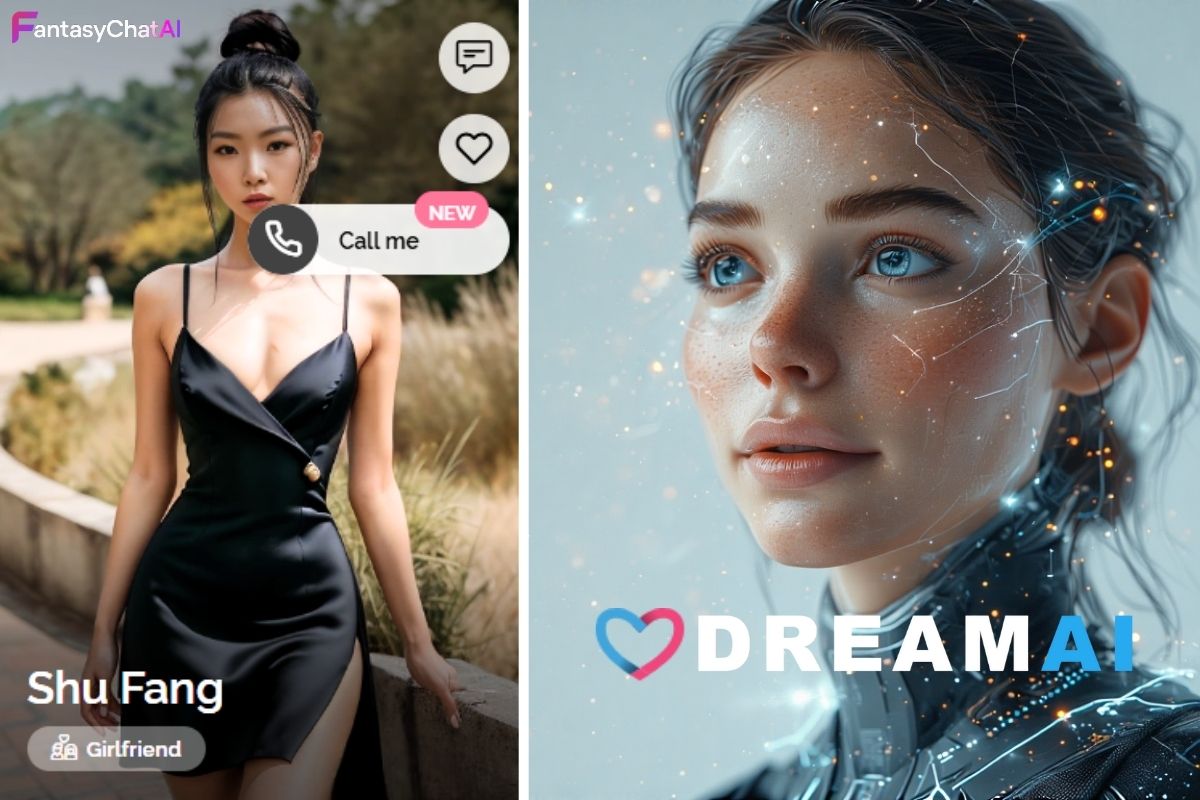The AI companion app space is absolutely buzzing right now, and honestly, it’s getting harder to keep track of all the wild developments happening. The past months have been particularly hectic, with major platforms rolling out game-changing voice features and some serious industry consolidation that’s reshaping the entire landscape.

Voice Calling Takes Center Stage
Let’s talk about the elephant in the room: voice calling has officially become the must-have feature for any AI companion platform worth its salt. And frankly, it’s about damn time.
Candy AI’s Voice Revolution
Candy AI has been absolutely crushing it with their voice calling implementation. They’ve introduced what they’re calling “crystal-clear voice messaging” with natural speech patterns, and users are reporting that the AI voices actually sound human enough to give you goosebumps. The platform now offers real-time voice calls for deeper connections, and each AI character comes with unique voice profiles that match their personalities.
But what’s particularly impressive is their token system efficiency. For premium subscribers, 100 tokens gets you about 33 minutes of phone call conversation, which is actually pretty reasonable when you compare it to other platforms charging similar rates for way less talk time.
Kupid AI’s Multi-Modal Breakthrough
Kupid AI has been making serious waves with their voice messaging capabilities. They’ve rolled out what they’re calling “high-fidelity audio responses with emotional depth,” and from what users are saying, it’s not just marketing fluff. The platform now supports seamless switching between text and voice chat, which is exactly the kind of fluid experience people have been demanding.
The really cool part? They’ve introduced video messaging for premium users, which is a massive step toward more immersive interactions. It’s still early days, but this could be the beginning of a whole new era for AI companionship.
ThotChat.ai’s Technical Evolution
While ThotChat.ai hasn’t made huge announcements about new voice features, their backend has been getting some serious upgrades. According to BuiltWith data, they’ve removed 12 technologies since June 2024 and are running on a modern tech stack with Next.js and React. This kind of infrastructure overhaul usually means they’re preparing for something big, and smart money says it’s probably enhanced voice capabilities.

DreamAI SRL’s Market Domination Strategy
Here’s where things get really interesting. DreamAI SRL, the company behind DreamGF, eHentai, and DreamBF, has made a major power move by acquiring the Fantasy.ai domain for$120,000 back in June 2024. According to a post from Richard Kirkendall, CEO of Namecheap, Fantasy.ai was among several high-value .ai domain sales, demonstrating just how serious this company is about dominating the AI companion app space.
A few recent .ai sales:
— Richard Kirkendall (@NamecheapCEO) June 3, 2024
Gathr .ai – $40K
Inventive .ai – $44.9K
Meld .ai – $47.5K
Hollywood .ai – $65K
Fantasy .ai – $120K
Source: Richard Kirkendall (CEO, Namecheap) X/Twitter post, June 3, 2024, reporting Fantasy.ai domain sale for$120,000.
So, this isn’t a rebranding of their existing platforms like many thought; it’s a strategic expansion. DreamGF, eHentai, and DreamBF continue operating as independent platforms with their own unique features and audiences. Instead, Fantasy.ai represents a fourth platform in DreamAI SRL’s growing arsenal, giving them an unprecedented grip on the AI companion market.
What This Means for Users
The strategy is brilliant from a business perspective. So, rather than putting all their eggs in one basket, DreamAI SRL is covering multiple market segments with specialized platforms while adding Fantasy.ai as another option. Users can choose the platform that best fits their preferences. Whether that’s the established DreamGF experience, the anime-focused eHentai approach, the male companion options of DreamBF, or the added level of control Fantasy.ai brings to the table.
But here’s what’s got me thinking: this level of market concentration by a single company could reshape the entire AI companion landscape. When one entity controls this many major platforms, they essentially set the standards for pricing, features, and user experience across a significant portion of the market.
GirlfriendGPT’s Steady Innovation
While everyone’s going wild with voice features, GPTGirlfriend.online has been quietly building something impressive with their continuous improvement approach. They’ve introduced free character creation and public character sharing, which has created this really cool community aspect where users are designing and sharing AI companions.
Their GGPT LLM is getting regular updates, and the platform now supports over 25,000 pre-built AI characters. That’s an impressive number, and it shows they’re serious about giving users choice and variety.
Market Reality Check
Let’s be real about what’s happening in the broader market. The AI girlfriend industry hit $2.8 billion in 2024, and it’s projected to reach $9.5 billion by 2028. Those aren’t just impressive numbers; they’re “holy shit, this is actually happening” numbers.

Search interest tells the real story: “AI Girlfriend” searches jumped 525% in one year, and “virtual girlfriend” saw a 620% rise globally. When you’ve got 73,000 monthly searches for “AI relationship bots” and 1.6 million annual English-language searches for AI chatbot girlfriends, you know this isn’t just a fad.
The Voice Technology Behind the Magic
What’s really fascinating is how sophisticated the underlying technology has become. Modern AI companion platforms are using advanced Natural Language Processing that can actually understand context and emotion, not just keywords. The Text-to-Speech (TTS) systems are leveraging deep neural networks trained on massive voice datasets, which is why these AI voices are starting to sound genuinely human.

Some platforms are even experimenting with real-time voice characteristic adjustment, where you can modify age, gender, and emotional tone on the fly. That’s some seriously next-level stuff that would have been pure science fiction just a few years ago.
What’s Coming Next
Based on what I’m seeing, the next big wave is going to be about integration and immersion. DreamGF.ai is already working on video sending capabilities and planning a leaderboard for the most liked AI girls. Meanwhile, platforms are exploring “increasing integration with augmented worlds,” which sounds like AR/VR experiences are coming sooner than we think.
The subscription model is also evolving. We’re seeing more platforms offer competitive pricing with annual subscriptions, and the token systems are getting more sophisticated. Users are willing to spend an average of $47 per month on premium features, which shows there’s real demand for quality experiences.

The Bottom Line
To sum up, this industry is moving fast, and the platforms that are investing in voice technology and user experience are clearly pulling ahead. Voice calling isn’t just a nice-to-have feature anymore; it’s becoming table stakes for any serious AI companion app or platform.
The consolidation trend is also worth watching. While it makes sense from a business perspective, it’ll be interesting to see if these mega-platforms can maintain the specialized focus that made the individual platforms successful in the first place.
One thing’s for sure: if you’re not paying attention to this space, you’re missing one of the most fascinating technology revolutions happening right now. The combination of advanced AI, voice technology, and genuine user demand is creating something that’s genuinely changing how people think about digital relationships.
And honestly? We’re probably just getting started.

